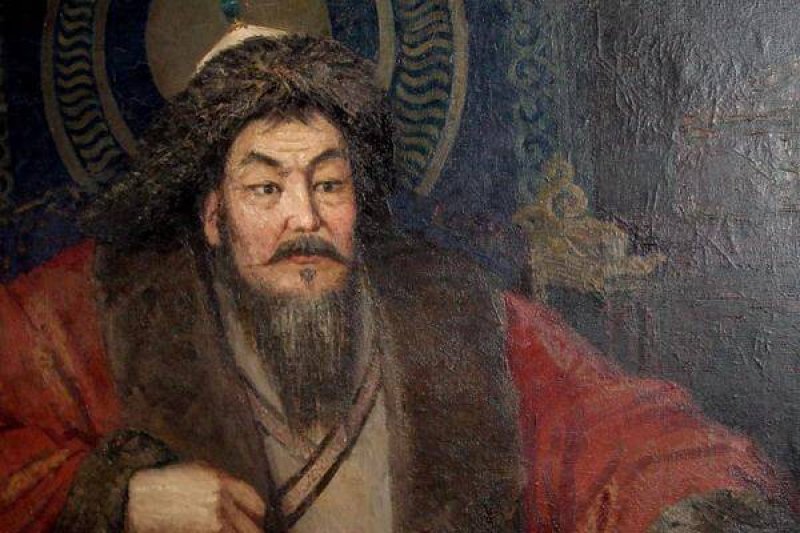In humans, the profound biological differences that exist between the sexes mean that a single male is physically capable of having far more children than is a single female…So it is that, as measured by the contribution to the next generation, powerful men have the potential to have a far greater impact than powerful women, and we can see this in genetic data.
…
[B]y searching for genomic signatures of past variability in the number of children men have had, we can obtain genetic insights into the degree of social inequality in society as a whole, and not just between males and females. An extraordinary example of this is provided by the inequality in the number of male offspring that seems to have characterized the empire established by Genghis Khan.…
A 2003 study led by Chris Tyler-Smith showed how a relatively small number of powerful males living during the Mongol period succeeded in having an outsize impact on the billions of people living in East Eurasia today. His study of Y chromosomes suggested that one single male who lived around the time of the Mongols left many tens of millions of direct male-line descendants.
…
Tyler-Smith and his colleagues called this a “Star Cluster” to reflect the idea of a single ancestor with many descendants…The date coincides with that of Genghis Khan, suggesting that this single successful Y chromosome may have been his.
…
Star Cluster analysis provides insights about shifts in social structure that occurred in the deep past that are difficult to get information about in other ways.
Editor’s note: David Reich is a professor of genetics at Harvard Medical School
Read full, original post: Social Inequality Leaves a Genetic Mark































